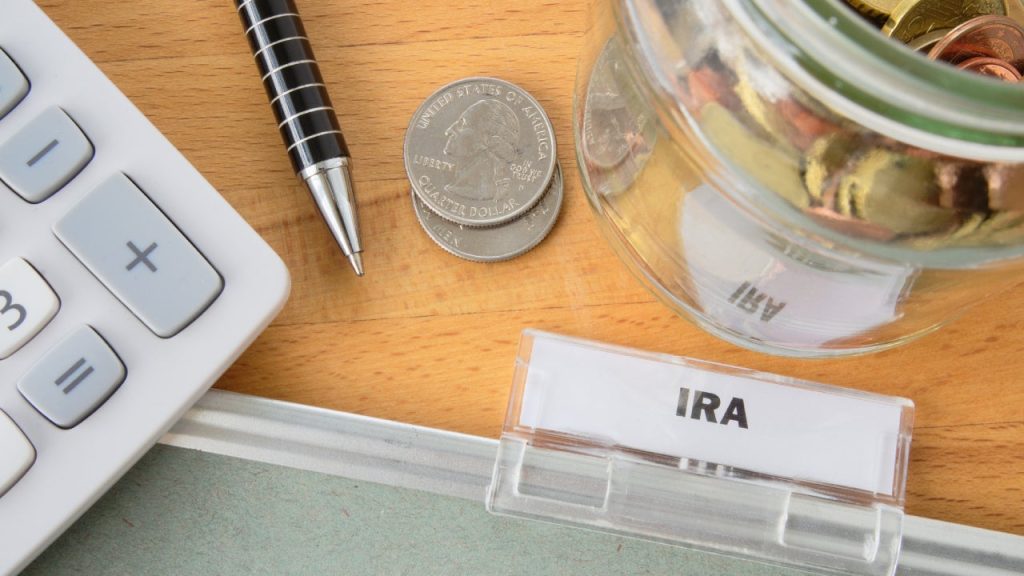When it comes to financial planning for the next generation, custodial Roth IRAs stand out as a unique retirement account with distinct tax advantages.
An adult (usually a parent) sets up the custodial Roth IRA on behalf of a minor, and the minor becomes the sole owner of the account once they reach legal adulthood, usually 18 or 21 depending on the state. Beyond retirement, custodial Roth IRAs also offer the beneficiary flexibility for tax-free and penalty-free withdrawals later in life.
Here’s everything you need to know about custodial Roth IRAs, including how to set one up.
What is a custodial Roth IRA?
A custodial IRA allows the account holder (in this case, your child) to contribute after-tax dollars toward retirement. For the most part, a custodial Roth IRA operates in the same way as a regular Roth IRA.
There is one main difference between these two types of accounts: Because custodial Roth IRAs involve minors, they need to have a parent (or another adult) assigned as a custodian.
Custodial Roth IRA rules
If you’re familiar with how Roth IRAs work, then you already understand the basic rules of custodial Roth IRAs. But there are also some specific rules that apply to accounts for underage children. Here’s what you should know.
Eligibility
To be eligible for a custodial Roth IRA, your child needs to earn income. It doesn’t matter if they’re working for an employer or providing services like babysitting, as long as the child is making money and paying taxes on it, they can contribute to a custodial Roth IRA.
Contribution limits
For 2024, the contribution limit for custodial Roth IRAs is $7,000 or the total amount of money that your child made during the year, whichever is less. If, for example, your daughter made $4,000 as a lifeguard, she could contribute up to $4,000 to her custodial Roth IRA this year. If she made $8,000, she would be able to contribute up to $7,000.
Tax implications
Custodial Roth IRAs are funded with your children’s post-tax dollars. That is, income tax and other applicable taxes have already been taken out. That’s why when your child is ready to withdraw the money for retirement, they won’t pay income tax on it (unlike traditional IRAs).
Switching to a regular Roth IRA
While your child is still under age 18, the custodian will need to manage the account’s assets. But when your child reaches the legal age in your state (usually 18 or 21), the custodial Roth IRA will need to be converted to a regular Roth IRA in their name. Before you convert the account, make sure that your child understands what’s happening and knows how to keep making contributions to the account.
Withdrawals
Ideally, your child won’t need to make any withdrawals from the account until they reach retirement age. But even if they do decide to take out some money before then, they won’t face any penalties for withdrawing their contributions. However, if they tap into their earnings before they retire, taxes and penalties may apply. The withdrawals must be used for the benefit of the child.
Types of IRAs for kids
Children have other options besides a custodial Roth IRA. You could, for example, choose to open a traditional IRA for your child. In that case, all of the contributions and earnings in the account would be made with pre-tax dollars. As a result, your child would need to pay taxes when they withdraw money from the account in retirement.
That said, it’s hard to justify choosing a traditional IRA over a Roth IRA for children, because traditional IRAs are designed for people in higher tax brackets, offering advantageous tax deductions upfront. This situation typically doesn’t apply to kids, who usually only earn small amounts of money from their jobs. By paying a low tax rate now with the Roth, a child can enjoy decades of tax-free growth and then owe nothing later, even if they’re in a higher tax bracket.
How to open a Roth IRA for your kids
Ready to open a custodial Roth IRA? Your first step is choosing a provider. A handful of financial institutions offer these types of accounts, including Fidelity Investments and Charles Schwab. Take some time to research their offerings and find the best Roth IRA for your needs.
After you’ve picked a firm, it only takes a few minutes to open your account online. You’ll need to provide some basic information about yourself and your child, including Social Security numbers, employment details, annual income and banking information.
Once your account is set up, work with your child to determine how much they’ll contribute and how often. You can even “match” your child’s contributions, as long as your combined contributions don’t exceed how much money they earned that year.
The benefits of opening a Roth IRA for your kids
To review, here are some of the great perks that these accounts offer for kids.
- Custodial Roth IRAs will grow your children’s money for decades: By contributing to their retirement savings early on, your child will benefit from decades of tax-free, compounding growth. Eventually, they could end up with a comfortable nest egg to support them after they stop working.
- They teach your children how to save for retirement: Many people don’t recognize the importance of retirement planning until they’re well into adulthood. With a custodial Roth IRA, you can help your kids establish good financial habits from a young age.
- The accounts can be used for other important life events as well: Ultimately, Roth IRAs are designed for retirement saving. But your child can also withdraw money, penalty-free, for other purposes, including emergencies, college expenses and buying a home.
Custodial IRA vs. traditional IRA
A custodial IRA can be either a traditional or Roth IRA, and as such will have to follow the rules of whichever you choose. A Roth IRA might be the better choice for children.
Both Roth IRAs and custodial Roth IRAs are funded with post-tax money. This setup means that your contributions can always be withdrawn at any time, tax-free and penalty-free. Earnings on the account, however, will be subject to penalty and taxes, if taken out before age 59 ½.
With traditional IRAs and traditional custodial IRAs, money goes in pre-tax, and is then taxed when withdrawn. This type of account means you are deferring taxes to an unknown rate in the future, which may or may not be advantageous, depending on future circumstances. Traditional IRAs are useful for lowering taxable income today, but that might not be the most efficient use of a custodial investment account, since most children earn little income and therefore pay little tax.
Bottom line
Custodial IRAs are a great way to ensure your children get a step ahead financially from a young age. Many adults realize too late the importance of retirement planning, but by utilizing a custodial account you can instill in your children important investment principles starting now.
Bankrate’s Logan Moore contributed to an update of this story.
Read the full article here












